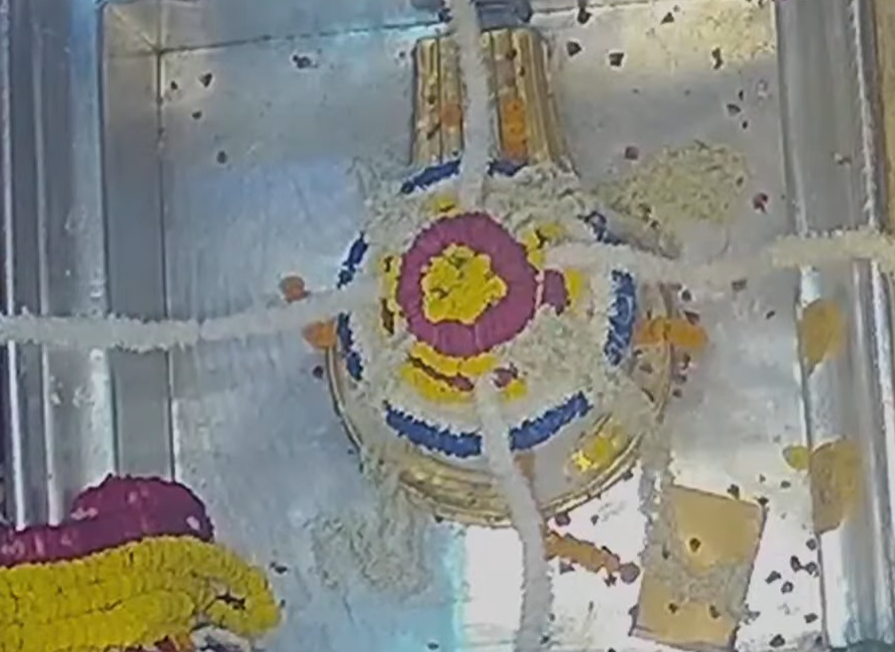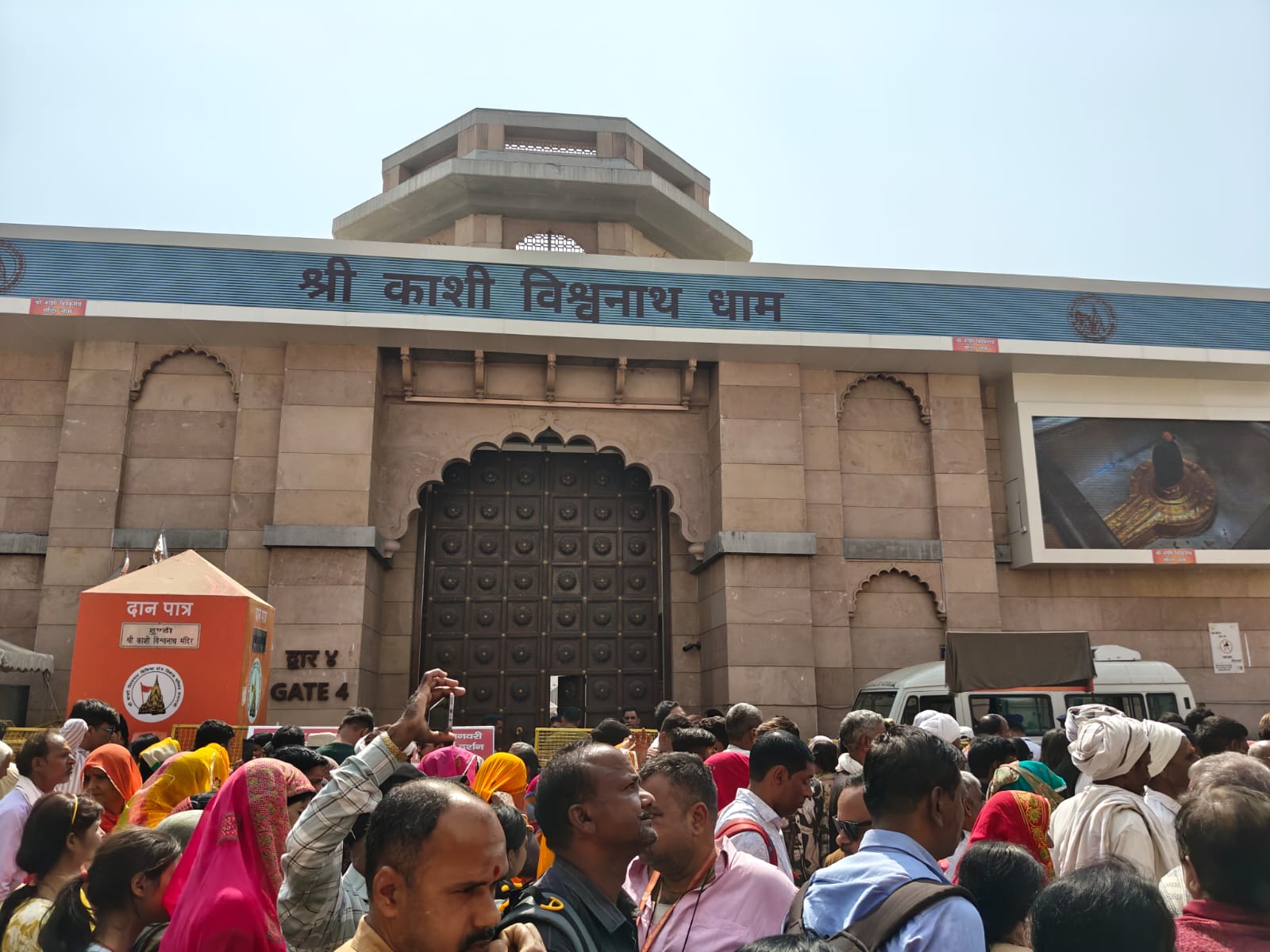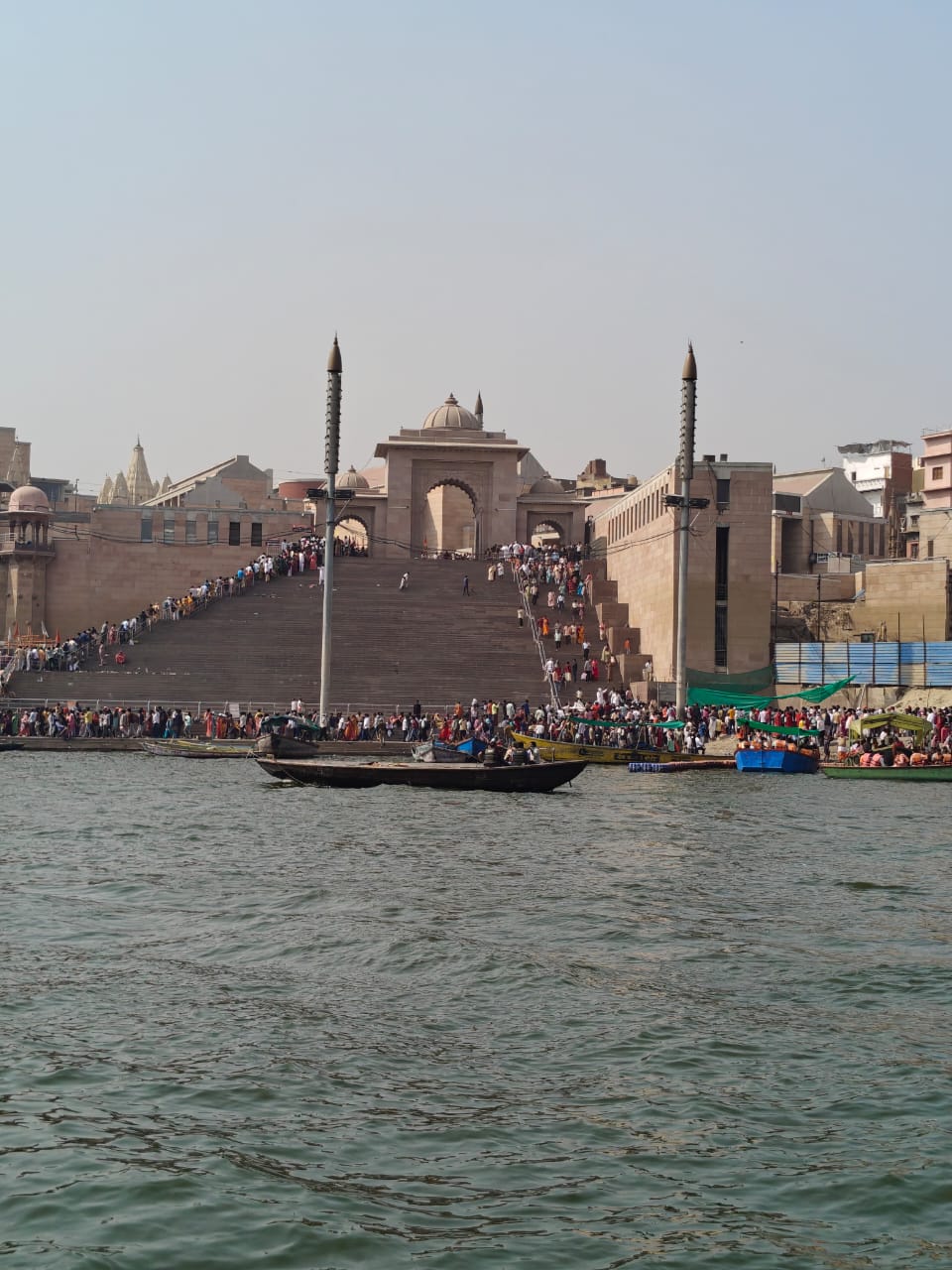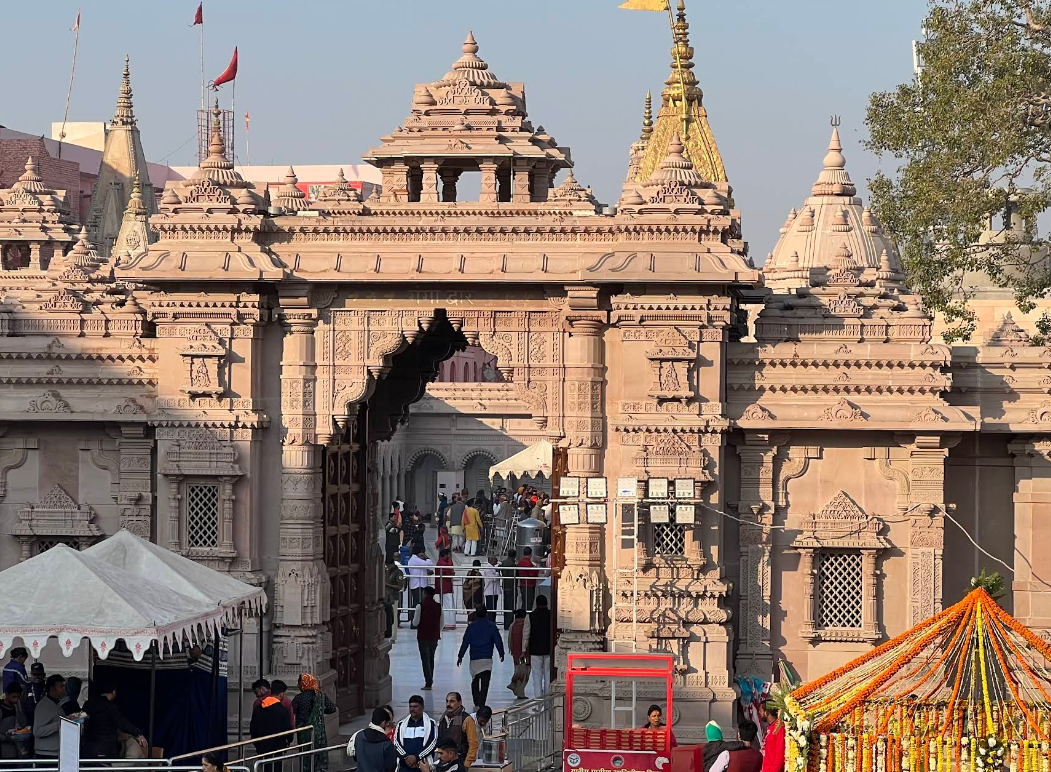Vishwanath Temple: Spiritual Haven and Devotional Hub Varanasi
🖼️ Photo Gallery




🛕 Temple Info
To step into the Kashi Vishwanath Temple is to step into the very heart of Sanatana Dharma. It is not merely a structure of stone and gold but a living, breathing testament to millennia of unwavering devotion. This sacred sanctuary, dedicated to Lord Shiva as Vishwanath—the Ruler of the Universe—is one of the twelve revered Jyotirlingas, the holiest abodes of the divine. The moment you cross the threshold, you are enveloped by an electrifying atmosphere, a palpable energy that resonates with the timeless chants of “Har Har Mahadev,” the fragrant swirl of incense, and the gentle glow of diyas.
The recent development of the Kashi Vishwanath Corridor has beautifully transformed the pilgrimage experience. What were once narrow, congested lanes are now wide, spacious pathways that connect the temple directly to the holy Ganga ghats. The premises are impeccably clean, well-organized, and surprisingly serene despite the immense daily footfall. The golden spire of the temple shimmers against the sky, a symbol of Varanasi's eternal spirit. Here, amidst the sacred chaos, you find a profound stillness—a connection to something far beyond the physical, a moment where the past, present, and divine converge into a single, soul-stirring experience.
Once in Varanasi, navigating the old city near the temple is best done on foot, by cycle rickshaw, or by auto-rickshaw. For a truly unforgettable approach, many devotees choose to take a boat on the Ganga and enter the temple premises directly through the majestic Ganga Dwar (Gate No. 1) from the ghats.
Har Har Mahadev!
💫 Importance
The significance of Kashi Vishwanath transcends that of a typical place of worship. It is believed to be the site where the first Jyotirlinga manifested itself, making it the spiritual epicenter for Shiva devotees worldwide. For a Hindu, a pilgrimage to Kashi is considered a paramount journey of a lifetime. It is firmly believed that devotion at this Jyotirlinga and a purifying dip in the Mother Ganga can lead to Moksha—liberation from the endless cycle of birth and death (samsara).
Kashi itself is said to be the cosmic center of the universe, the abode of Lord Shiva and Mata Parvati. The city is not just a location on a map; it is an emotion, a feeling, a state of being. To visit the Vishwanath Temple is to connect with this ancient promise of spiritual awakening and ultimate freedom. It is the vibrant, spiritual heartbeat of not just Varanasi, but of devotion itself, drawing seekers, believers, and the spiritually curious into its powerful, transformative embrace.
📜 History
The history of Kashi Vishwanath is a powerful narrative of resilience and enduring faith. The temple's origins are lost in the mists of time, mentioned in ancient scriptures like the Skanda Purana, affirming its status as one of the oldest and most continuous centers of worship. However, its journey has been marked by repeated destruction and glorious rebirth.
The original temple was destroyed by the forces of Qutb-ud-din Aibak in the 12th century. Its spirit, however, could not be quelled. It was rebuilt, only to be destroyed again during the reign of Sikandar Lodi. The most renowned reconstruction was undertaken in the 16th century by the great devotee Raja Man Singh of Amber, but this too was tragically demolished by the Mughal emperor Aurangzeb in 1669, who built the Gyanvapi Mosque on its precincts.
The current structure that stands today as a beacon of Hindu faith was resurrected in 1780 by the visionary Maratha queen, Ahilyabai Holkar of Indore. Her devotion ensured that the Jyotirlinga was once again enshrined in its rightful glory. Later, in 1839, Maharaja Ranjit Singh of Punjab donated 800 kilograms of gold to plate the temple's domes and spire, earning it the affectionate name of the Golden Temple. The recent Kashi Vishwanath Corridor project, inaugurated in 2021, is the latest chapter in this history—a visionary effort to restore the temple's grandeur and facilitate pilgrims, honoring its ancient heritage while embracing the future.
🪔 Pooja Timings
The divine energy at Kashi Vishwanath is ceaseless, with rituals and aartis performed throughout the day and night. Participating in these ceremonies is a profoundly moving experience.
- Mangala Aarti: 3:00 AM - 4:00 AM (The most sacred and sought-after aarti; requires advance ticketing)
- Bhoga Aarti: 11:15 AM - 12:20 PM
- Sandhya Aarti (Evening Aarti): 7:00 PM - 8:15 PM
- Shringara Aarti: 9:00 PM - 10:15 PM
- Shayana Aarti (Night Aarti): 10:30 PM - 11:00 PM
General Darshan Timings: The temple is open from 4:00 AM until 11:00 PM, with a brief closure in the afternoon between 12:00 PM and 3:30 PM. Timings may vary slightly on major festivals.
For a more intimate experience, Sparsha Darshan (the opportunity to touch the Jyotirlinga) is available for a very brief period in the early morning, typically between 4:00 AM - 5:00 AM. It is highly recommended to book special aarti tickets and Sugam Darshan passes online in advance through the official temple website to ensure a smoother visit.
🚌 Transport Options
By Air: The nearest airport is the Lal Bahadur Shastri International Airport in Varanasi (VNS), located approximately 25 kilometers from the city center. From the airport, you can easily hire a pre-paid taxi or an app-based cab to reach the temple area.
By Train: Varanasi is a major railway junction, well-connected to all parts of India. The primary stations are:
- Varanasi Junction (BSB): About 6 kilometers away.
- Manduadih Railway Station (MUV): About 4 kilometers away.
- From the stations, auto-rickshaws, e-rickshaws, and cycle rickshaws are readily available to take you to the temple. Note that vehicles cannot enter the immediate temple lanes, so a short walk from the drop-off point is required.
By Road: Varanasi has excellent road connectivity via National Highways. State-run and private buses regularly ply from key nearby cities like Prayagraj (Allahabad), Lucknow, Ayodhya, and Gorakhpur. The drive offers a scenic view of the Uttar Pradesh countryside.
🏙️ Nearby Cities
- Prayagraj: ~125 km
- Ayodhya: ~200 km
- Gorakhpur: ~230 km
- Lucknow: ~285 km
MytempleMypride Reflection
During our visit to Varanasi for the Mahakumbha 2025, the moment we performed the sacred snana in the holy Ganga, words felt too small to capture the depth of what we experienced. It was as if the river washed away every burden, leaving behind only peace and devotion. In that silence, we could only bow with gratitude, whispering Har Har Mahadev, knowing we had touched something eternal.